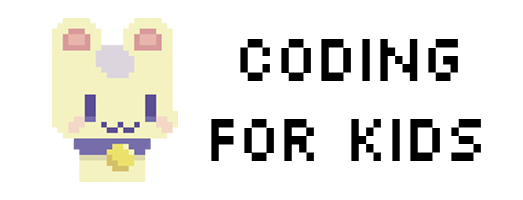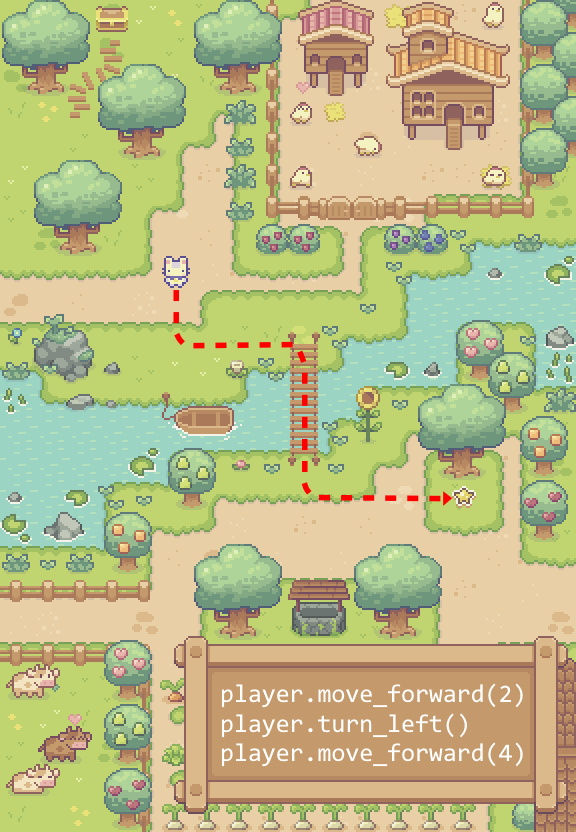Get started learning Python with DataCamp's free Intro to Python tutorial. Learn Data Science by completing interactive coding challenges and watching videos by expert instructors. Start Now!
This site is generously supported by DataCamp. DataCamp offers online interactive Python Tutorials for Data Science. Join 11 million other learners and get started learning Python for data science today!
Good news! You can save 25% off your Datacamp annual subscription with the code LEARNPYTHON23ALE25 - Click here to redeem your discount
Olá, Mundo!
Python é uma linguagem muito simples, e possui uma sintaxe bastante direta. Ela incentiva os programadores a programar sem código boilerplate (pré-pronto). A diretiva mais simples em Python é a diretiva "print" - que simplesmente imprime uma linha (e também inclui uma nova linha, ao contrário de C).
Existem duas principais versões do Python, Python 2 e Python 3. Python 2 e 3 são bastante diferentes. Este tutorial usa o Python 3, porque ele é mais semanticamente correto e suporta recursos mais novos.
Por exemplo, uma diferença entre Python 2 e 3 é a instrução print. No Python 2, a instrução "print" não é uma função e, portanto, é invocada sem parênteses. No entanto, no Python 3, ela é uma função e deve ser invocada com parênteses.
Para imprimir uma string em Python 3, basta escrever:
print("This line will be printed.")
Indentação
Python usa indentação para blocos, em vez de chaves. Ambos os tabs e espaços são suportados, mas o padrão de indentação exige que o código padrão Python use quatro espaços. Por exemplo:
x = 1
if x == 1:
# indented four spaces
print("x is 1.")
Exercício
Use a função "print" para imprimir a linha "Hello, World!".
print("Goodbye, World!")
print("Hello, World!")
test_output_contains("Hello, World!")
success_msg('Great job!')
This site is generously supported by DataCamp. DataCamp offers online interactive Python Tutorials for Data Science. Join over a million other learners and get started learning Python for data science today!




